Hulkbuster Iron Man Mark XLIV (44) Statue
This Hulkbuster Mark XLIV (44) Statue depicts the main suit featured in Marvel’s Avengers: Age of Ultron, the Hulkbuster Armor that can be deployed from orbit, forming a protective shell around the Mark 43. This Hulkbuster is a 75% die-cast metal, fully articulated figurine with articulated systems and mechanisms throughout its suit. The armor features over 60 points of articulation, and LED lights in various parts of the suit, including eyes, chest Arc Reactor, palms, back, knees, calves, and soles. The Mark XLIV Hulkbuster statue contains showroom quality gloss and matte metallic paints with protective coating, and a spring-loaded mechanical chest reveals the Iron Man Mark 43 base armor which features its own LED lighted eyes and chest Arc Reactor. Forearm battle gear retracts and springs forward to recreate your favorite Hulkbuster poses and battle actions as seen in the Avengers. The Mark XLIV (Mark 44), also known as Hulkbuster is an Extra Heavy-Duty Modular Armor created by Tony Stark and Bruce Banner as a security safeguard in the event of an uncontrollable Hulk rampage. The armor works by attaching itself to the base armor of the Mark XLIII (Mark 43). The armor was featured in Avengers 2: Age of Ultron, wherein it was used through Veronica’s activation to subdue a rampaging Hulk in South Africa. Its design was completely based on the Hulkbuster Armor from the comic books, confirming that this is the same armor with the same name as the one from the comics.
The Mark XLIV is extremely large in size. The armor has a dark red tone as its overall plating color, along with golden plates in various areas of its structure. It is covered with layered pieces of metal and has multiple Arc Reactors around its body. The Hulkbuster is 11 feet / 3.3 meters high, which makes it the tallest armor to date. Its height is 3 feet / 1 meter taller than the Hulk. Aside from its height, it is also the heaviest armor existing in the Marvel Cinematic Universe. The Hulkbuster is a modular armor wherein armor pieces are attached to a base armor making it much bigger. The armor is an extension of the Mark XLIII, allowing it to be bigger and stronger than the normal armor. It has approximately 11 Arc Reactors and a stronger repulsor-system to sustain flight. The Hulkbuster also has an energy-strength system to make it even stronger than the Hulk. It’s armor plates have been upgraded to withstand the attacks of the Hulk and there is a storage satellite nicknamed “Veronica” that contains replacement pieces of armor to replace those damaged in battle. It also fits a normal Iron Man Suit inside of it. The “Hulkbuster System” instead is very similar to the original Mark 43, it does contain “J.A.R.V.I.S.” software to help with its needs, as well “Veronica” which controls the airborne modular parts pod. Hulkbuster Iron Man Mark XLIV (44) Statue sizes: 4 inches / 10 cm x 9 inches / 23 cm x 11 inches / 28 cm.
Hulkbuster Mark XLIV (44) Statue on Amazon.
Hulkbuster Mark XLIV (44) Statue on eBay.
Movies Statues and Marvel Universe Statues.





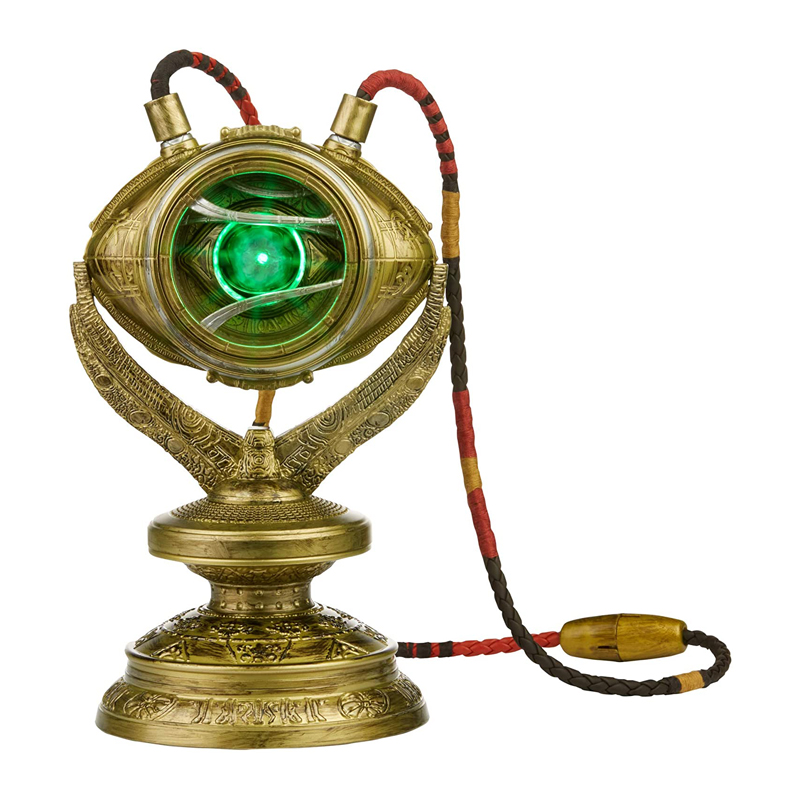


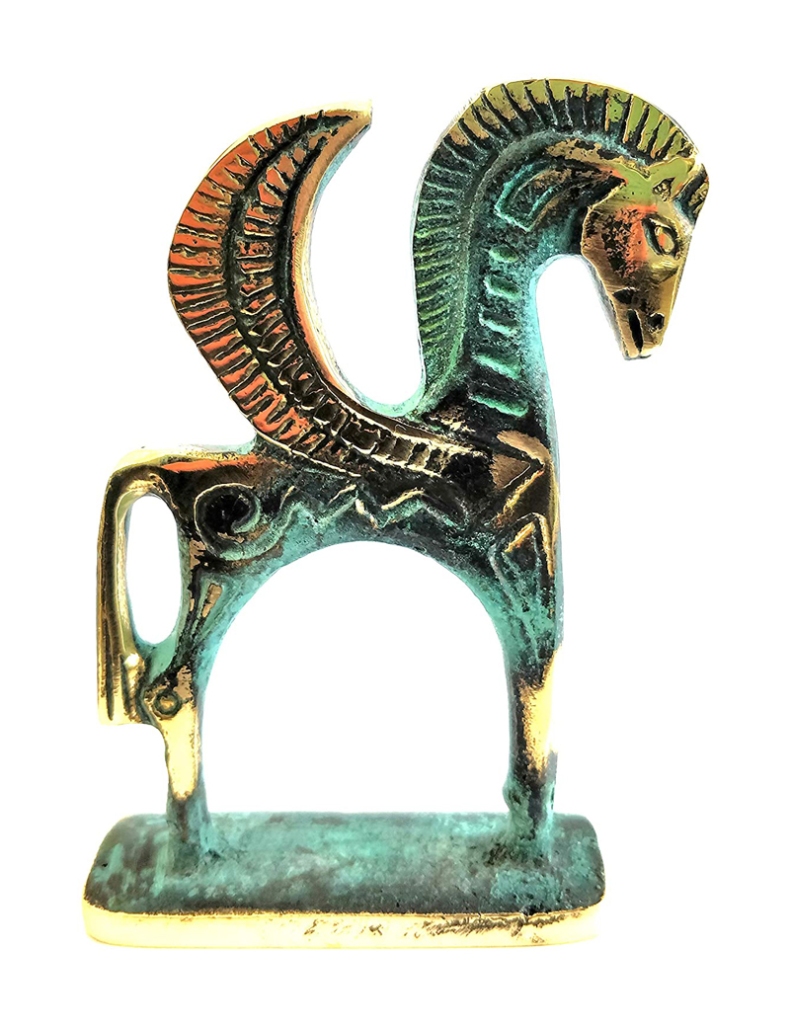
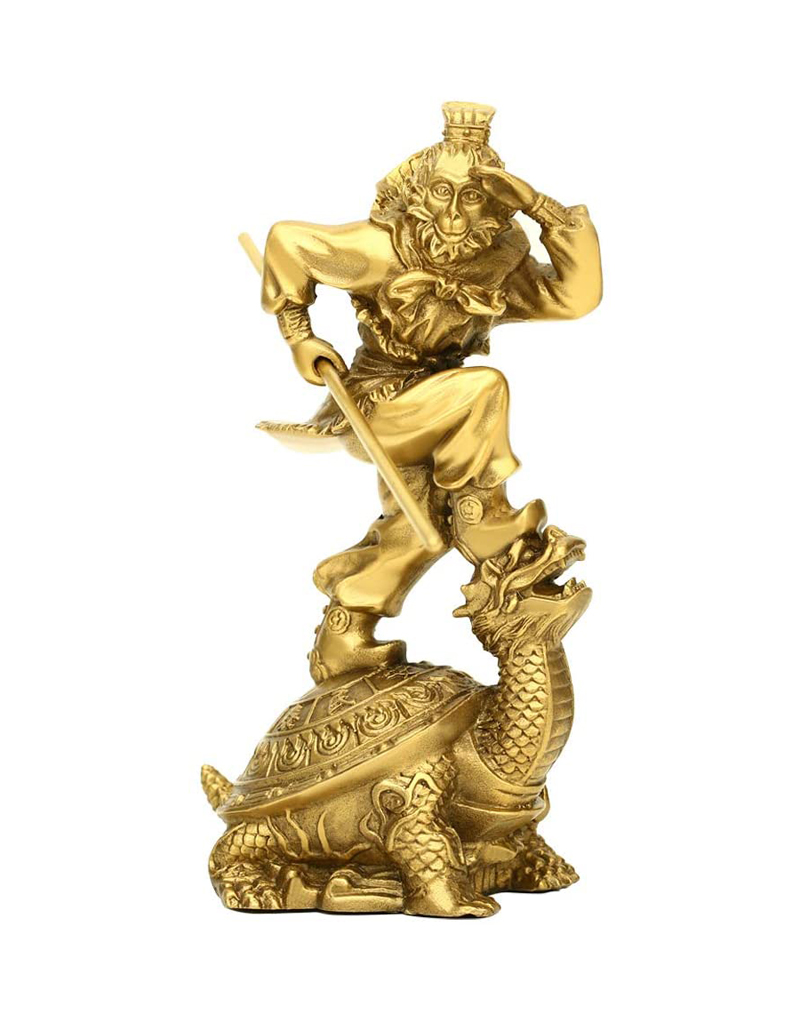

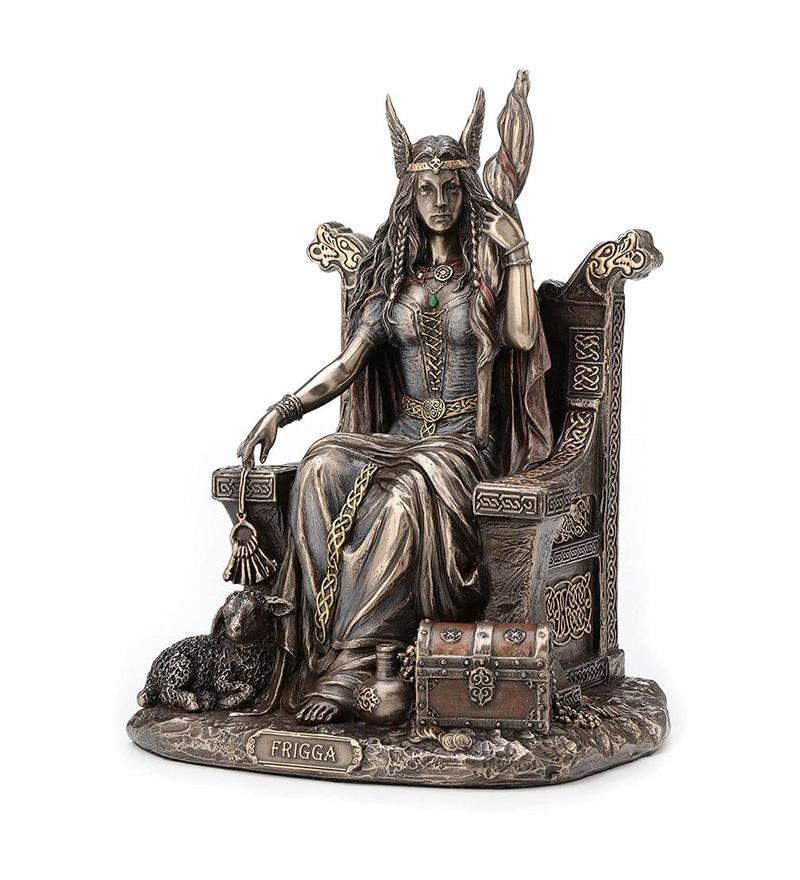

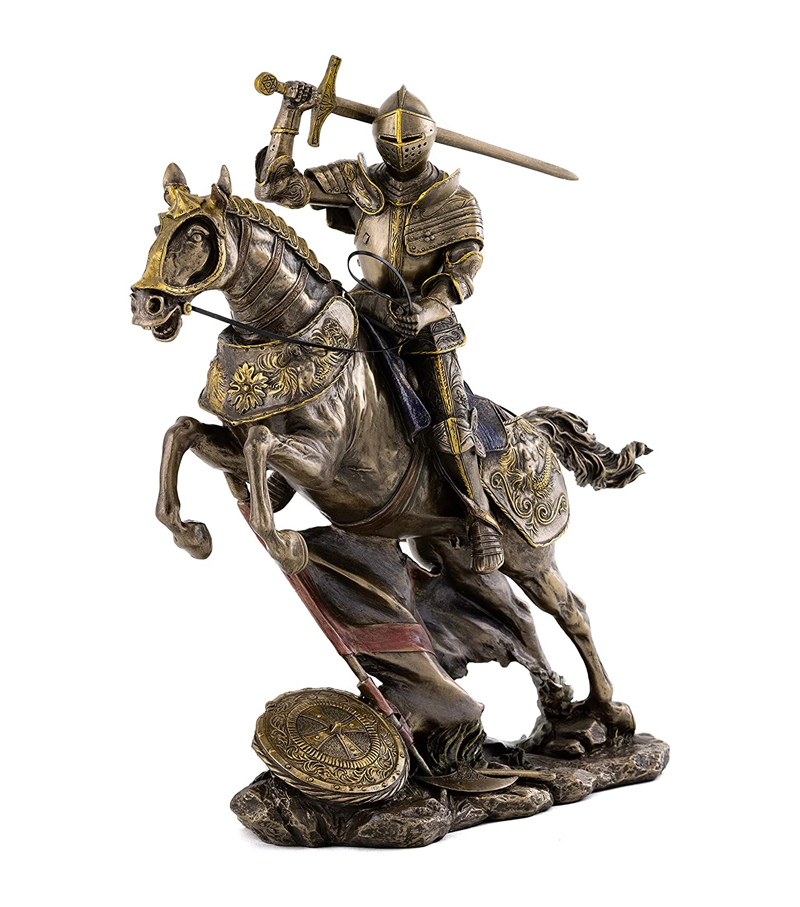
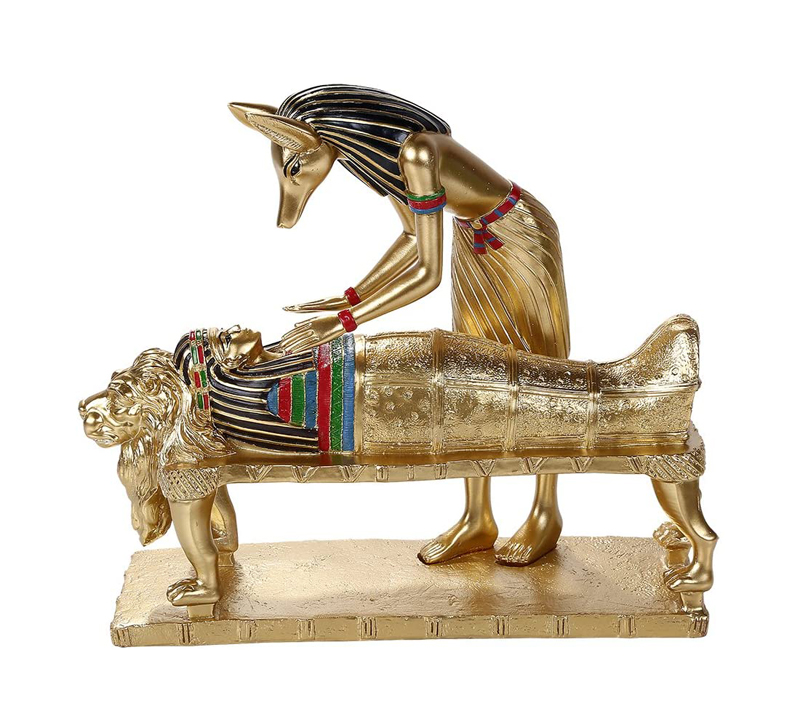
You must be logged in to post a comment.